In the rich tapestry of Aboriginal Australian mythology, few stories are as enduring and significant as the legends surrounding the lizard that brought fire to humanity. These ancient narratives, passed down through countless generations over tens of thousands of years, offer profound insights into Aboriginal cultural values, spiritual beliefs, and their deep connection to the land. Unlike many Western creation myths that often portray humans as dominant over nature, Aboriginal fire legends typically feature animals as the custodians of this transformative element, with various lizard species frequently cast as the heroic protagonists who braved dangers to share fire with people.
These stories aren’t merely entertaining tales but serve as sophisticated vehicles for environmental knowledge, social protocols, and cultural identity. They encode practical wisdom about fire management in Australia’s combustible landscapes while simultaneously explaining humanity’s relationship with this powerful element. As we explore these legends, we’ll discover how they reflect not only the world’s oldest continuous cultural traditions but also embody a profound ecological understanding that modern science is only beginning to fully appreciate.
The Cultural Significance of Fire in Aboriginal Society

Fire holds an unparalleled position in Aboriginal Australian cultures, representing far more than just warmth or a cooking tool. It embodies transformation, purification, and connection to ancestral powers. For Aboriginal peoples across the continent’s diverse landscapes, fire functions as a practical necessity and a sacred element intertwined with creation stories. The control of fire marks a crucial distinction between the Dreamtime—when the world was formed—and the present age of human society. Many Aboriginal languages contain rich vocabularies for different types of fire, smoke, and burning practices, revealing the nuanced understanding of this element.
Beyond its practical applications, fire plays a central role in ceremonial life. Smoke cleansing rituals purify sacred spaces, signal important events, and facilitate communication with ancestral spirits. Fire’s dual nature—both destructive and regenerative—mirrors Aboriginal philosophical concepts about cycles of renewal in nature and human affairs. The legends explaining how humans first acquired fire thus serve as origin stories for Aboriginal technological prowess and cultural identity, explaining how people transcended their initial vulnerable state to become stewards of the land through the proper use of fire.
The Lizard Heroes of Aboriginal Mythology

In Aboriginal fire legends, various lizard species emerge as the central heroes, though the specific lizard differs across regional traditions. The goanna (a large monitor lizard) features prominently in many stories from Central and Northern Australia, while blue-tongued lizards appear in narratives from southeastern regions. These lizards are often depicted as clever tricksters who steal fire from selfish beings—sometimes other animals, sometimes supernatural entities—who initially refuse to share it with humans. Their selection as fire-bringers isn’t arbitrary but reflects acute observational knowledge of these animals’ behaviors and physical characteristics.
Many Aboriginal groups noted how certain lizards appeared to seek out recently burned areas, were resistant to heat, or displayed colors reminiscent of flames. The thorny devil lizard, with its reddish-orange markings, features in Western Desert traditions, while the frilled-neck lizard’s dramatic neck display resembling flames makes it a natural fire symbol in Arnhem Land stories. These lizard protagonists typically display admirable qualities like courage, perseverance, and compassion for humans, establishing them as cultural heroes whose actions fundamentally transformed human existence by making fire available for cooking, warmth, land management, and ceremony.
The Dreaming: Context for Aboriginal Fire Legends

To properly understand Aboriginal fire legends, one must appreciate their placement within the broader context of “The Dreaming” or “Dreamtime” (known by various names in different Aboriginal languages, such as “Jukurrpa” in Warlpiri and “Altyerre” in Arrernte). The Dreaming represents an immensely complex spiritual framework explaining the creation of the world, natural phenomena, social laws, and the relationship between all living things. Rather than being confined to the past, The Dreaming exists simultaneously in the past, present, and future—a continuous reality that permeates all aspects of Aboriginal life and knowledge systems.
Within this cosmological framework, the acquisition of fire typically occurs during a transitional period when the world was still being shaped and defined. The lizard fire-bringers often interact with powerful ancestral beings who initially created landforms, animals, and natural phenomena. Their quest for fire thus represents a pivotal moment in the ordering of the world, establishing the proper relationship between humans, animals, and elements. These narratives aren’t considered fictional tales but actual accounts of events that shaped reality, containing laws and protocols for human behavior. The lizard’s gift of fire within these stories establishes not only the practical use of this element but also the responsibility to manage it according to ancestral law.
Common Narrative Elements in Lizard Fire Stories

Despite regional variations, Aboriginal lizard fire stories share remarkable structural similarities across thousands of kilometers. Most narratives begin with humans living in a cold, primitive state, unable to cook food or stay warm—a challenging existence portrayed as incomplete. Fire typically exists elsewhere, often jealously guarded by a powerful being or animal group that refuses to share it. The lizard protagonist, motivated by compassion or sometimes mischief, decides to obtain this fire for people. What follows is usually a dangerous journey or confrontation where the lizard must use cunning rather than physical strength to succeed, often hiding the fire in some part of its body—commonly the tail or throat.
The theft or acquisition of fire frequently results in physical changes to the lizard, explaining distinctive features of modern lizards, such as red throats, specific markings, or particular behaviors. Many stories conclude with the lizard being pursued by the original fire-keepers, establishing ongoing enmities between certain animals. These narratives almost universally emphasize that fire came to humans as a gift requiring responsible stewardship, not as an unlimited right. The knowledge of how to properly use and manage fire typically accompanies the physical flame itself, establishing cultural protocols around burning practices that continue to inform Aboriginal fire management today.
The Goanna Legend of Central Australia
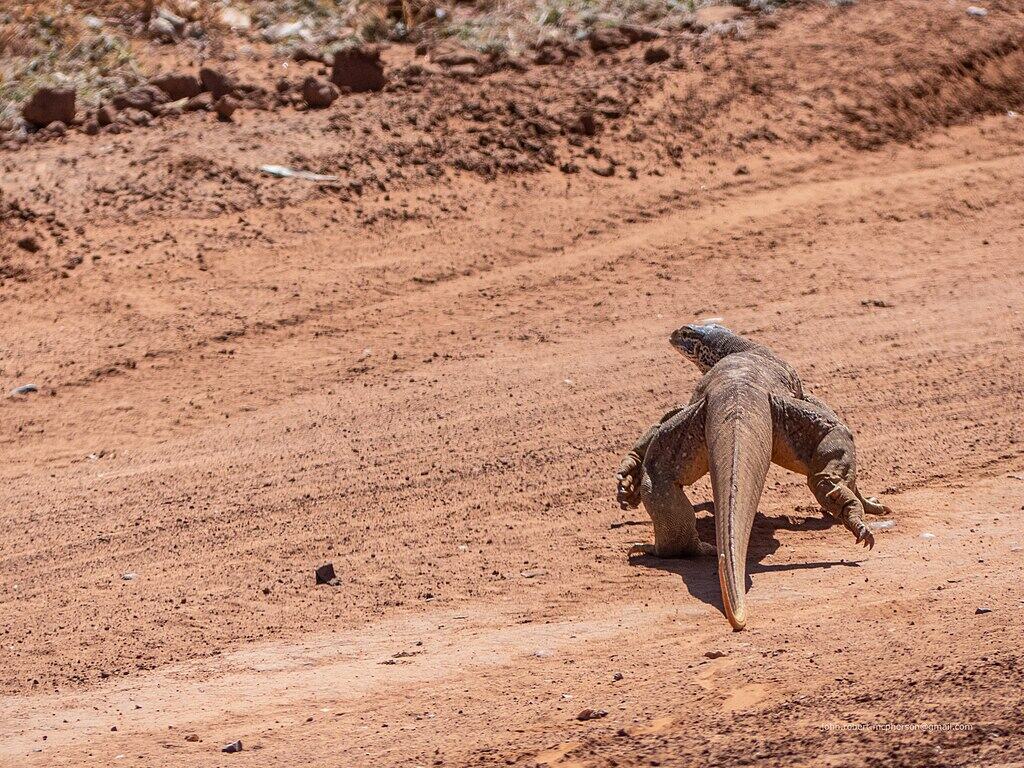
Among the most widely known lizard fire stories is the Central Desert tradition involving the sand goanna (Varanus gouldii). According to narratives shared by Pitjantjatjara and related groups, in the early Dreamtime, fire was exclusively possessed by a group of selfish women who refused to share it with others, keeping people cold and forcing them to eat raw food. The goanna, observing human suffering, decided to help by stealing fire from these women. In a display of cunning, the goanna waited until the women were distracted by a ceremony, then crept close to their camp. Some versions tell how the goanna created a distraction by having other animals perform unusual behaviors, focusing the women’s attention elsewhere.
With remarkable speed, the goanna darted in, seized a burning stick, and fled with the precious flame tucked under its chin or in its mouth. The women pursued in fury, throwing spears that struck the fleeing lizard. According to the legend, this is why modern goannas have a distinctive flap of skin under their throats—the place where the original goanna carried fire. Despite being injured, the goanna successfully delivered fire to humans, teaching them how to preserve it by carrying smoldering coals and how to use it responsibly. This act of heroism established the goanna as a respected figure in desert cultural traditions, with specific protocols governing how this animal should be treated by humans in recognition of its ancient gift.
The Blue-Tongued Lizard of Southeastern Traditions

In the temperate southeastern regions of Australia, particularly among Kulin and Kurnai traditions of Victoria, the blue-tongued lizard (Tiliqua species) often takes the role of fire-bringer. According to these narratives, the blue-tongued lizard stole fire from selfish birds who had discovered it after a lightning strike but refused to share with other creatures. The blue-tongued lizard, crafty and patient, observed where the birds hid their fire and waited for an opportunity. When the birds temporarily abandoned their camp during a storm, the lizard quickly seized a burning brand. Unable to carry it externally due to rain, the lizard placed the ember in its mouth for safekeeping.
The legend explains that this act of heroism is why modern blue-tongued lizards have their distinctive bright blue tongues—permanently colored by carrying the original fire. After a challenging journey avoiding the pursuing birds, the lizard successfully delivered fire to humans, who had been suffering in the cold southern climate. As gratitude for this gift, many southeastern Aboriginal groups maintained special relationships with blue-tongued lizards, considering them protected animals that should not be harmed. Some communities had specific prohibitions against killing these lizards, with beliefs that doing so would bring bad luck or cause one’s fire to go out—a serious consequence in traditional life.
The Frilled-Neck Lizard of Northern Australia
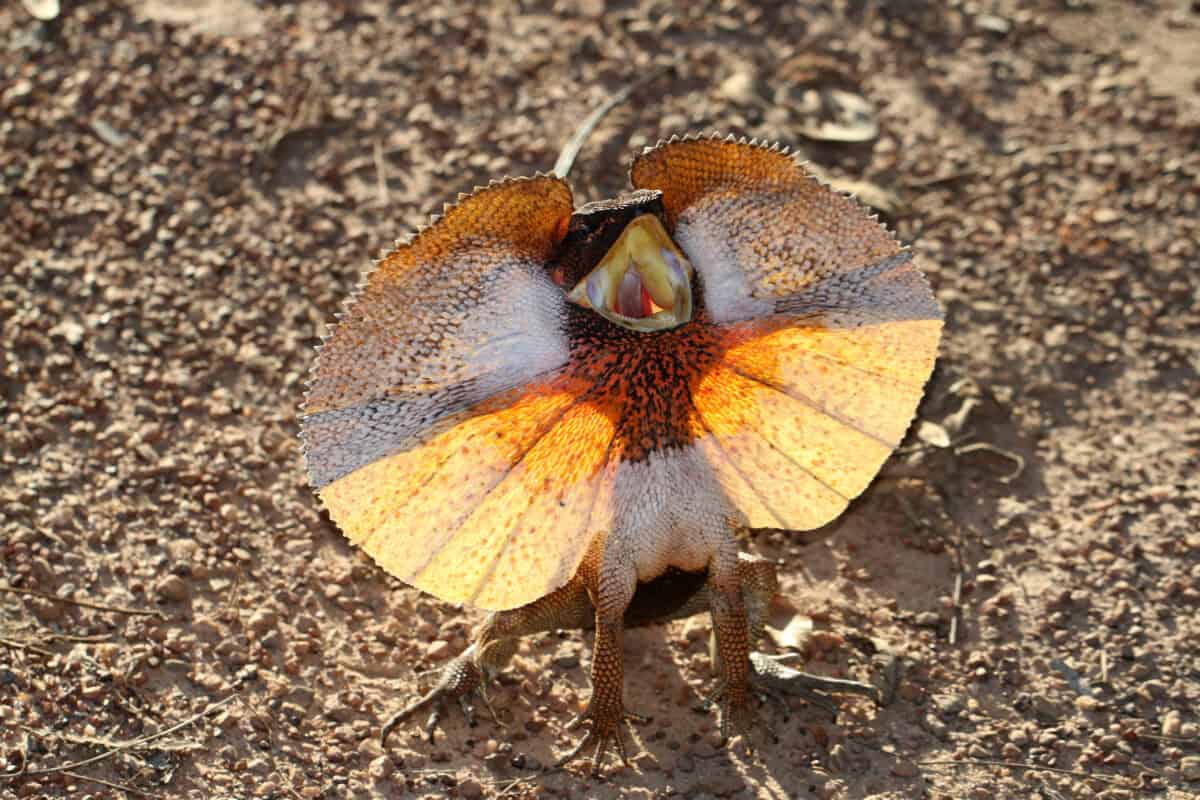
Across the tropical northern regions, particularly in Arnhem Land and the Kimberley, the spectacular frilled-neck lizard (Chlamydosaurus kingii) features prominently in fire acquisition stories. According to narratives shared by groups including the Yolngu, Jawoyn, and Gija peoples, the frilled-neck lizard’s distinctive appearance directly results from its role in bringing fire to humanity. These traditions often begin with fire being held exclusively by a powerful ancestral being or creature in the sky realm—sometimes identified as the Sun itself or a celestial serpent. The frilled-neck lizard, motivated by the suffering of humans who lived in darkness and cold, undertook a dangerous journey to the sky to retrieve fire.
Upon successfully stealing an ember, the lizard needed to descend rapidly while protecting the precious flame. According to the legend, the lizard placed the burning coal inside its throat pouch, which expanded to form the magnificent frill we see today. The heat permanently colored the frill with flame-like orange and red hues, while the rapid descent caused the lizard to adopt its distinctive upright running posture. When threatened, modern frilled-neck lizards display their dramatic colored frills and hiss—behaviors interpreted in these narratives as the lizard remembering its fiery origin and the dangerous pursuit that followed its theft of fire. These stories emphasize the lizard’s self-sacrifice, as it permanently changed its appearance to help humans, establishing cultural protocols requiring respect for these remarkable reptiles.
Ecological Knowledge Embedded in Fire Lizard Legends
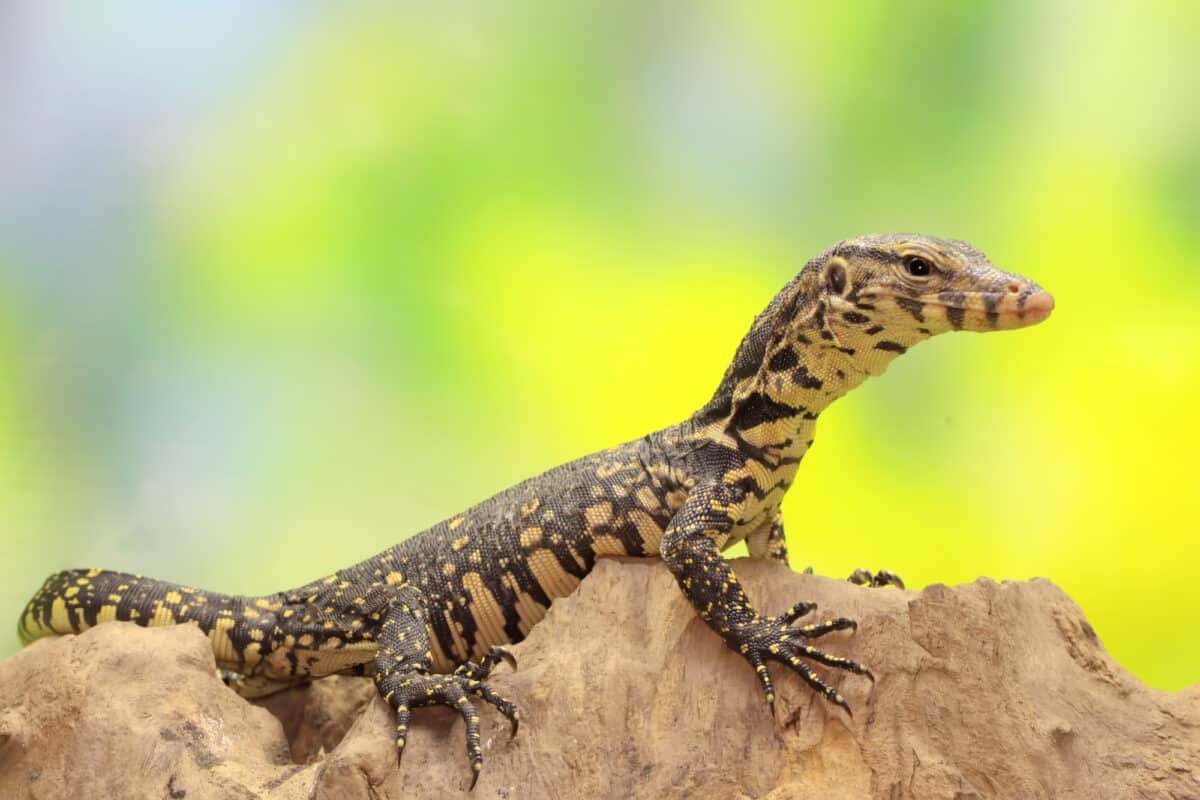
Far from being mere fanciful tales, Aboriginal lizard fire stories contain sophisticated ecological observations and practical knowledge about fire management. The specific behaviors attributed to lizard characters often reflect actual reptile adaptations to fire regimes in Australian landscapes. For instance, many lizard species are indeed among the first animals to return to recently burned areas, exploiting new feeding opportunities as insects flee the flames or become more visible in the cleared understory. The stories often detail how different lizards react to fire—some burying themselves, others climbing trees, some exploiting burned areas—all behaviors documented by modern herpetologists.
These narratives also encode crucial information about appropriate fire use in different ecosystems. Stories from arid regions often emphasize controlled, mosaic burning techniques that prevent destructive wildfires while promoting plant diversity. Coastal legends might focus on seasonal indicators for when burning should occur, while rainforest-adjacent stories often contain warnings about fire boundaries. Contemporary ecological studies increasingly validate these traditional approaches to fire management. Scientists now recognize that many Australian ecosystems evolved with regular cultural burning practiced by Aboriginal peoples for millennia—a sophisticated system of environmental manipulation that maintained biodiversity and prevented catastrophic wildfires long before European colonization disrupted these practices.
Regional Variations in Lizard Fire Narratives
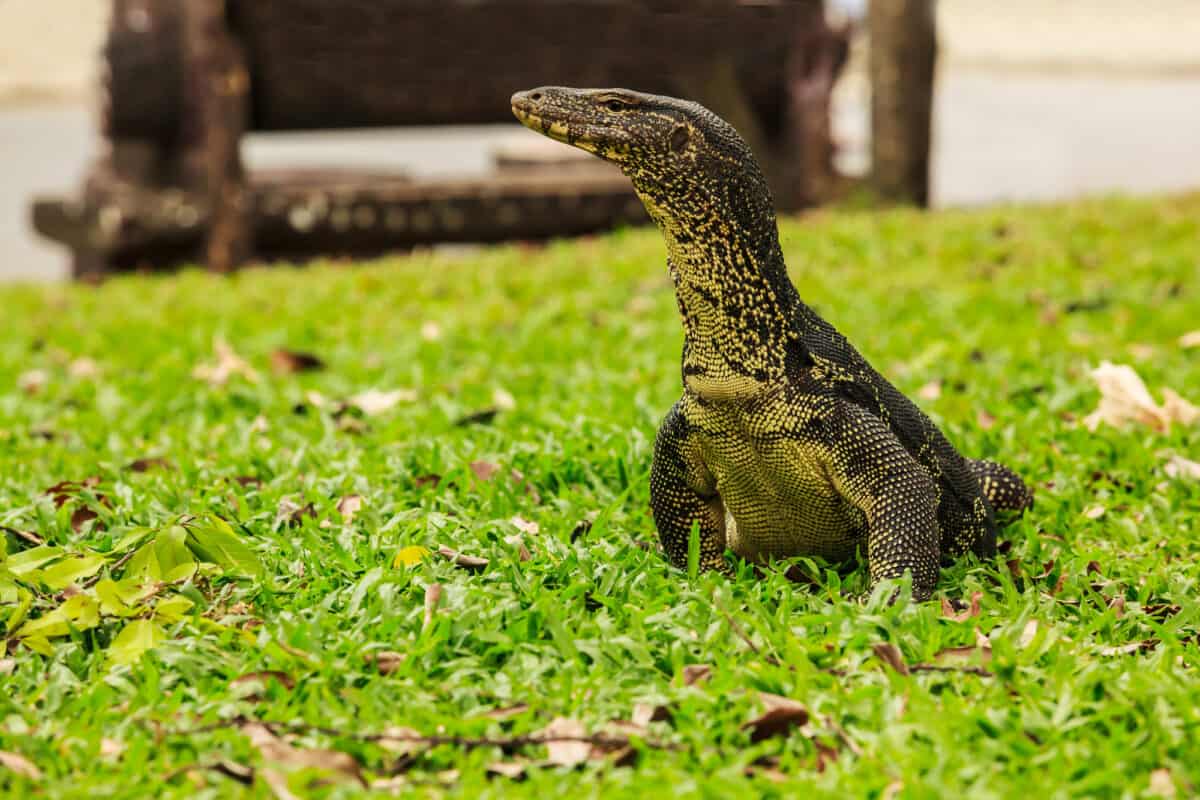
The remarkable diversity of Aboriginal cultures—with over 250 distinct language groups at the time of European contact—is reflected in the regional variations of lizard fire stories. In the monsoonal northern territories, legends often involve the lightning-fast frilled lizard stealing fire during the dramatic thunderstorms that mark seasonal transitions. Desert narratives frequently emphasize the goanna’s endurance and ability to travel long distances across harsh terrain, reflecting the environmental challenges of arid regions. In the temperate southeast, blue-tongued lizard stories often incorporate elements of seasonal change and emphasize the communal sharing of fire—critical in colder climates where fire preservation was especially important.
Coastal communities sometimes feature marine connections, with lizards bringing fire across water or from islands. In some Torres Strait Islander variants, the fire originally comes from volcanic islands to the north. The Western Desert traditions often emphasize how proper fire use creates a mosaic landscape that supports maximum biodiversity, while rainforest-adjacent communities have narratives emphasizing careful boundaries for burning practices. These regional adaptations demonstrate how these stories functioned not just as cultural narratives but as sophisticated ecological management guides tailored to specific environments. The variations also highlight how indigenous knowledge systems developed independently across the continent while maintaining certain core elements about fire’s importance and proper human relationships with this powerful element.
Symbolism and Deeper Meanings in Fire Lizard Stories
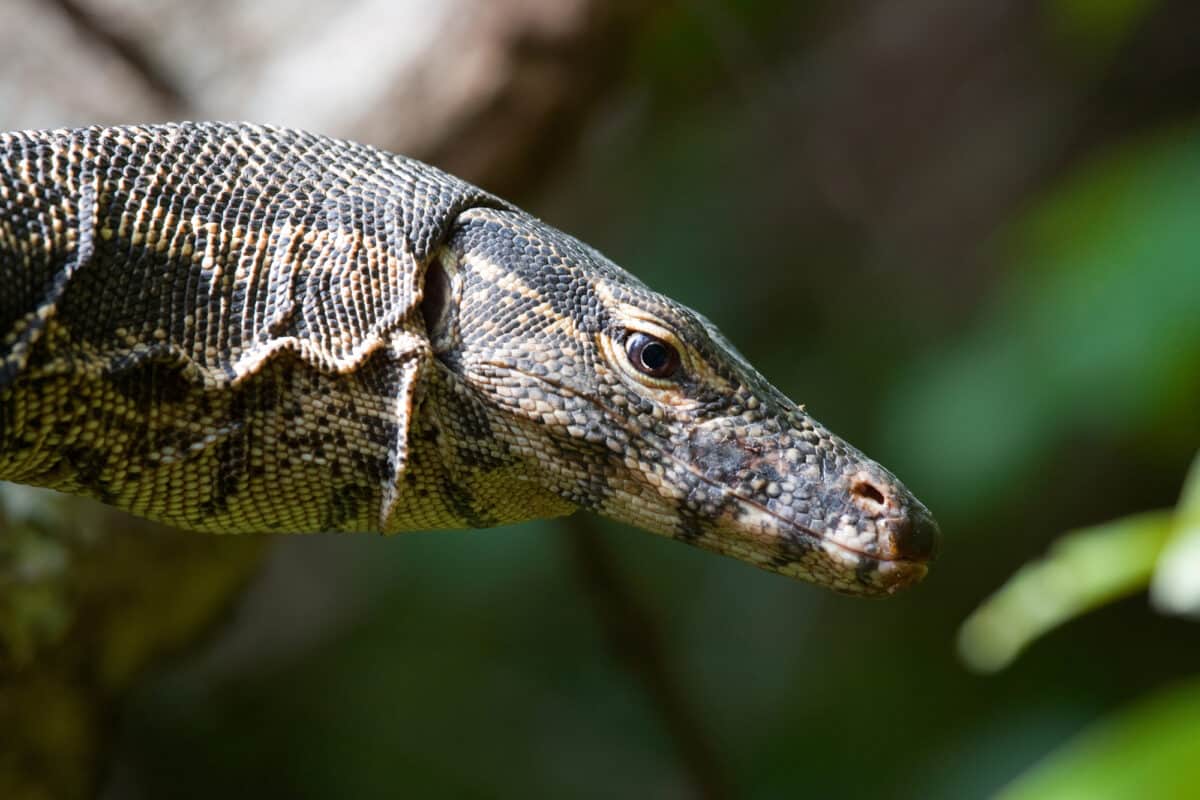
Beyond their literal narratives, lizard fire legends contain multiple layers of symbolism that reflect Aboriginal philosophical and spiritual concepts. The lizard’s journey often represents transformation—moving from one state of existence to another through courage and sacrifice. This parallels initiation ceremonies where young people transition to adulthood through trials and the acquisition of sacred knowledge. The fire itself symbolizes not just physical flame but enlightenment, cultural knowledge, and proper human development. Many traditions make explicit connections between fire and consciousness or awareness, suggesting that the gift of fire represents intellectual and spiritual awakening as much as technological advancement.
The theft or acquisition of fire frequently serves as a metaphor for the appropriate transfer of knowledge—not taken by force or for selfish purposes, but acquired through proper channels and with proper intention. The consequences faced by the lizard (changed appearance, being pursued) reflect Aboriginal conceptions of balance and reciprocity—all significant actions have corresponding effects that must be accepted. Some anthropologists have noted how these stories often address fundamental questions about human uniqueness and limitations. By portraying animals as the original possessors of fire who chose to share with humans, these narratives establish an ethical framework emphasizing mutual dependence between species rather than human dominance—a profound ecological perspective increasingly valued in contemporary environmental philosophy.
Contemporary Relevance and Cultural Continuity
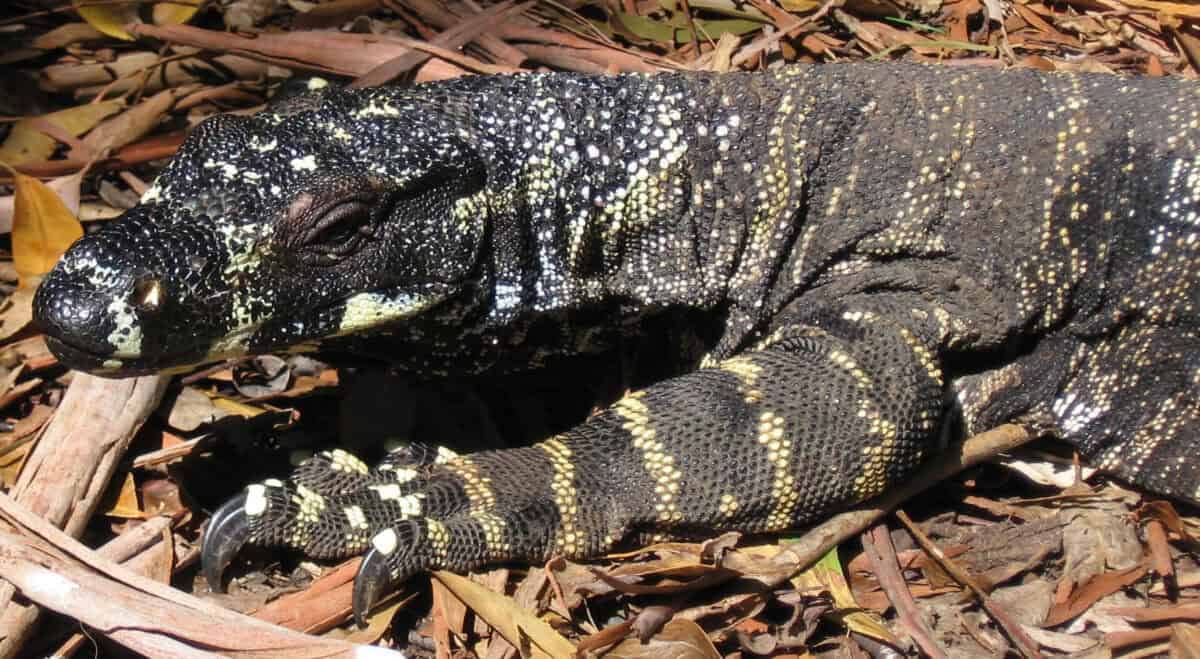
Despite the devastating impacts of colonization on Aboriginal communities, lizard fire legends continue to be shared and maintained as vital cultural knowledge. Many Aboriginal communities incorporate these stories into cultural revitalization efforts, using them in educational programs to teach young people about traditional ecological knowledge and cultural values. Contemporary Aboriginal artists frequently depict lizard fire stories in paintings, sculptures, and performances, adapting ancient narratives to new media while preserving their essential meanings. These artistic expressions serve both as cultural maintenance within communities and as powerful statements of continuing Aboriginal presence and knowledge to wider Australian society.
The ecological wisdom embedded in these narratives has gained new appreciation in recent decades as Australia grapples with catastrophic bushfires exacerbated by climate change. Aboriginal fire management techniques—often referred to as “cultural burning”—are increasingly being incorporated into mainstream land management practices. Government agencies in several states now collaborate with Aboriginal fire practitioners to implement traditional burning regimes that reduce fuel loads while promoting biodiversity. The lizard fire stories thus represent not just cultural heritage but living knowledge with practical applications for contemporary environmental challenges. This renaissance of Aboriginal fire practices demonstrates how ancient narratives continue to inform present-day solutions, creating continuity between traditional knowledge systems and modern scientific approaches to landscape management.
Conclusion: The Enduring Legacy of Australia’s Fire-Bringing Lizards
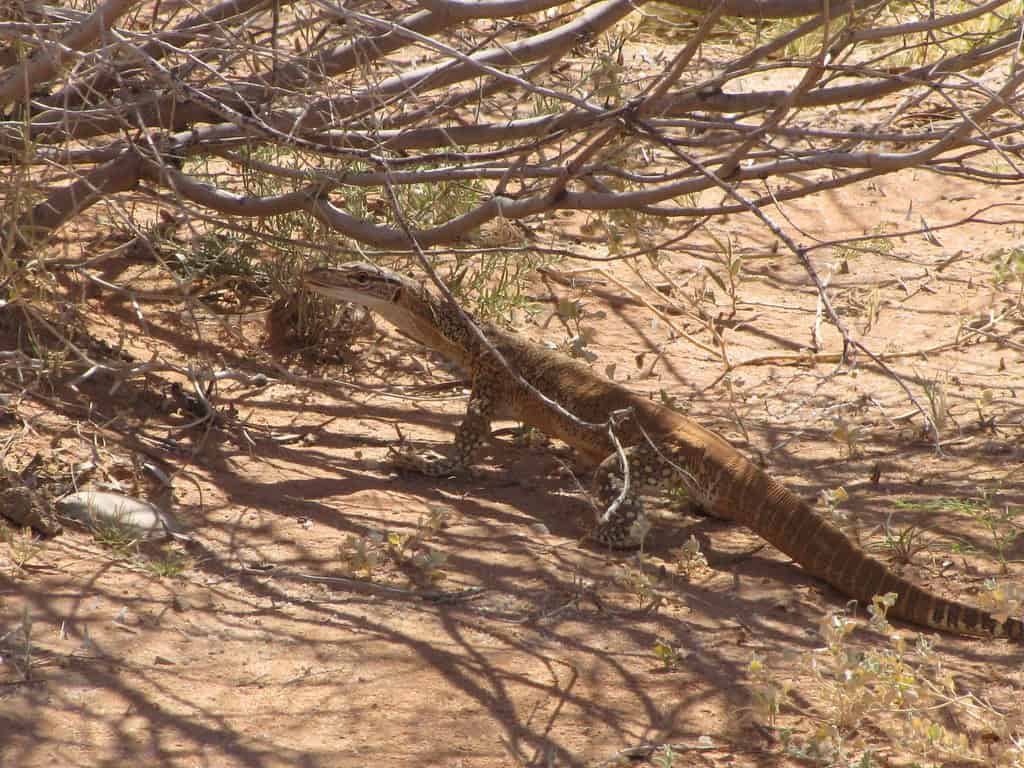
The legends of lizards bringing fire to humanity stand as remarkable testaments to the sophistication and depth of Aboriginal Australian cultural traditions. These narratives transcend simple explanations of natural phenomena to encode complex ecological knowledge, ethical frameworks, and spiritual understandings that have sustained the world’s oldest continuous cultures for over 65,000 years. Through these stories, we glimpse an alternative paradigm for human relationships with nature—one based on reciprocity, respect, and recognition of our dependence on other species and natural forces.
In an age facing unprecedented environmental challenges, these ancient lizard heroes offer surprisingly relevant wisdom about sustainable fire management and balanced ecological relationships. The resurgence of interest in Aboriginal burning practices demonstrates how traditional knowledge systems contain practical solutions to contemporary problems. As these narratives continue to be shared, adapted, and celebrated, they ensure that the lizard’s original gift of fire—both literal flame and metaphorical enlightenment—continues to benefit new generations.
- This Massive Crocodile Fossil Dwarfs Anything Alive Today - August 15, 2025
- From Symbol to Supper: The Cultural Journey of the Chicken - August 15, 2025
- The Lizard That Brought Fire: Aboriginal Australian Legends - August 15, 2025

